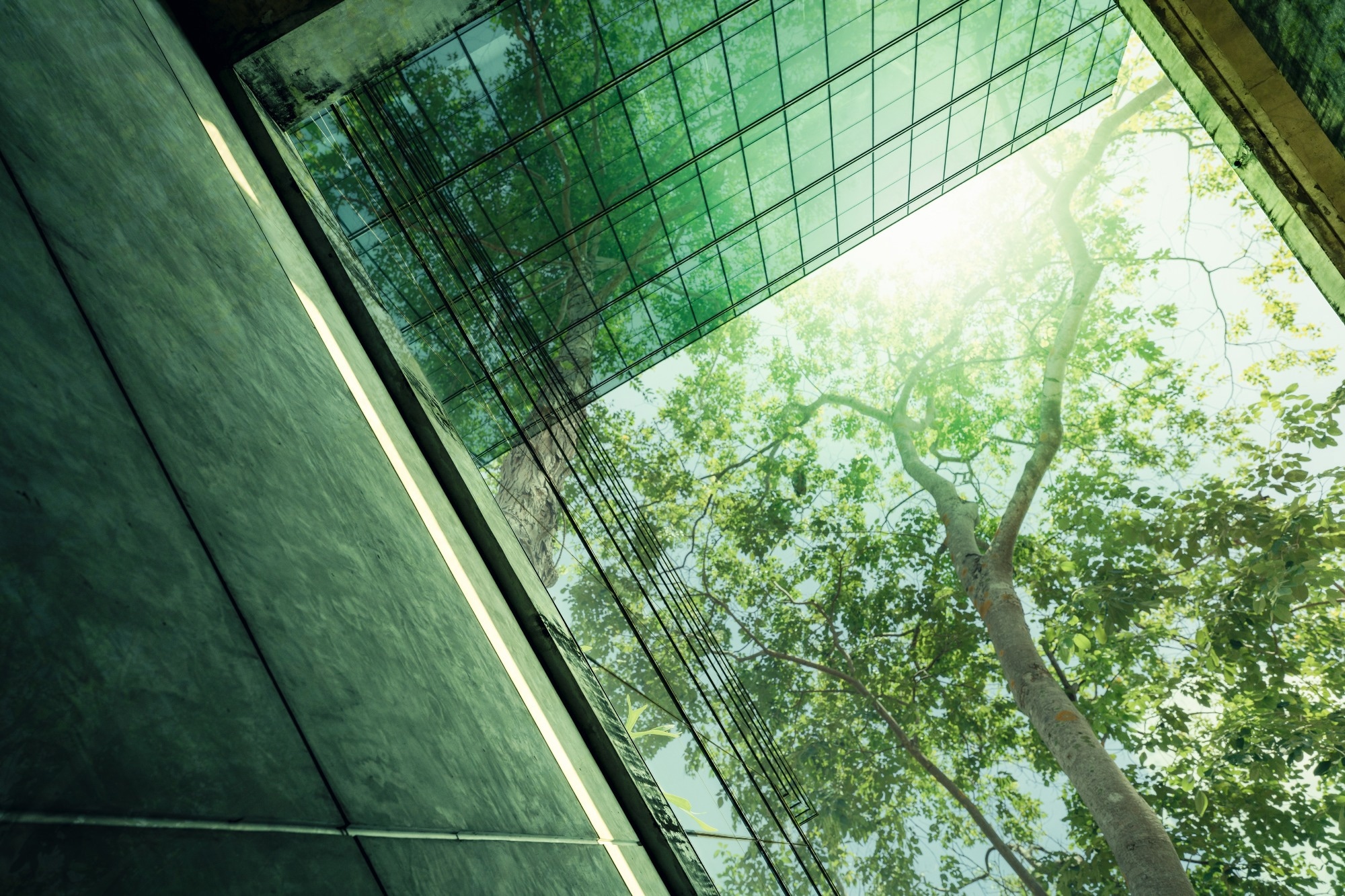In an article recently published in the journal Sustainability, researchers conducted a thorough analysis of the knowledge held by stakeholders in Tanzania's construction industry regarding the adoption of green building practices (GBP). This examination delved into the significance of design features, identified barriers, and proposed potential pathways forward.
 Study: Enhancing Green Building Practice Uptake in Tanzania. Image Credit: Fahroni/Shutterstock.com
Study: Enhancing Green Building Practice Uptake in Tanzania. Image Credit: Fahroni/Shutterstock.com
Background
Green Building (GB) is defined as the practice of using processes and creating structures that are resource-efficient and environmentally responsible throughout the life cycle of a building. GB, or 'high performance' building certifications, evaluate buildings based on criteria such as materials choices, water use, energy efficiency, and indoor environmental quality. These certifications offer ratings or points based on the attained sustainability level.
GB rating systems (GBRS) play a crucial role in incentivizing stakeholders to develop and design buildings that reduce energy usage and minimize environmental impact. While countries like Egypt and South Africa have made notable strides in adopting GBRS and adapting their rating systems, such as the Green Pyramid Rating System derived from LEED, the uptake of GBP remains significantly low in several developing nations. This includes Tanzania, the primary focus of the study.
GB Architectural Status and Trends
The architectural landscape of urban Tanzania does not prioritize sustainable construction practices. From 2002 to 2013, there was a notable prevalence of glass glazing on building facades, with minimal emphasis on sustainable design and construction principles.
Studies conducted in Dar Es Salaam reveal that traditional office buildings constructed between 1970 and 2000 incorporated more climate-responsive design elements compared to modern buildings built between 1999 and 2016. This resulted in lower energy consumption by traditional structures.
Tanzania lacks clear government regulations and policies mandating the application of green building practices (GBP) in construction projects. Although the 2003 construction industry policy acknowledged the environmental unsustainability in the sector and the lack of awareness regarding GBP, it falls short in providing a clear definition of green building and lacks effective enforcement.
Similarly, existing policies do not offer strong mandates to create concrete tools for GBP implementation. Consequently, progress in realizing the adoption of green building practices has been minimal.
The Study
In this study, researchers critically examined the knowledge possessed by Tanzania's construction sector stakeholders about GB design features, triggers, and pathways for uptake. Specifically, they investigated the factors attributable to low GBP uptake by focusing on an appraisal of the stakeholders' knowledge.
Researchers determined the level of GBP awareness of stakeholders, evaluated whether the GB features considered important by stakeholders were in line with the features considered crucial in GBRS, identified the triggers of GBP, and determined how GBRS uptake could be attained for enhancing GBP in Tanzania.
The study was performed in Dar es Salaam City in Tanzania and involved multiple stakeholders sampled from the country's construction sector, including property managers, quantity surveyors, engineers, and architects. Valid data were obtained through 412 questionnaires.
Dar Es Salaam City features a hot, humid tropical climate characterized by average minimum temperatures ranging from 19 °C to 26 °C and yearly average temperatures varying between 28 °C and 32 °C. With a monthly average temperature variation of 4.5 °C and minimal seasonal fluctuations, the city offers a stable climate ideal for making informed decisions regarding the integration of renewable energy sources and green building designs. Furthermore, the city is experiencing rapid population growth and increasing building complexities, underscoring the importance of adopting sustainable practices to address the associated challenges.
These factors emphasized the importance of considering building designs sensitive to energy consumption in this city. Standard deviation (SD) and mean were used for analyzing the survey data that ranked the importance of drivers, triggers, strategies, and design features utilized in ensuring GBPs perceived by stakeholders. Given the ordinal nature of the data distribution, ordinal logistic regression was employed. Additionally, the Kruskal-Wallis H test was utilized to compare the perspectives of different stakeholders.
Significance of the Work
The study demonstrated a general consensus among the respondents that GBs are cost-effective and environmentally friendly. The use of energy-efficient equipment and appliances, increased ventilation, utilization of renewable energy sources, and use of daylighting constituted the key GB design features promoting GBP uptake, according to stakeholders.
However, a significant number of stakeholders in Tanzania's construction sector were inadequately informed about GBP. The ranking scores assigned by respondents to green building design features did not align with the features' ranking in established green building rating systems like LEED. This discrepancy suggests the presence of misconceptions among construction industry stakeholders regarding GBP and the fundamental requirements for their implementation.
For instance, many GB design features highly rated by respondents were less prioritized during GB uptake in the practical sense. Thus, the study recommended pragmatic educational training on GBPs to Tanzania's construction sector stakeholders to eliminate existing misconceptions. Additionally, mandatory legislation of GB regulations and codes was suggested as a potential pathway to enhance GB practices in the country.
Overall, the recommendations provided by this study can play a critical role in increasing awareness about GBPs among construction industry stakeholders and improving GBP uptake in Tanzania.
Journal Reference
Nkini, S., Nuyts, E., Kassenga, G., Swai, O., Verbeeck, G. (2024). Towards More Green Buildings in Tanzania: Knowledge of Stakeholders on Green Building Design Features, Triggers and Pathways for Uptake. Sustainability, 16(7), 2963. https://doi.org/10.3390/su16072963, https://www.mdpi.com/2071-1050/16/7/2963
Disclaimer: The views expressed here are those of the author expressed in their private capacity and do not necessarily represent the views of AZoM.com Limited T/A AZoNetwork the owner and operator of this website. This disclaimer forms part of the Terms and conditions of use of this website.